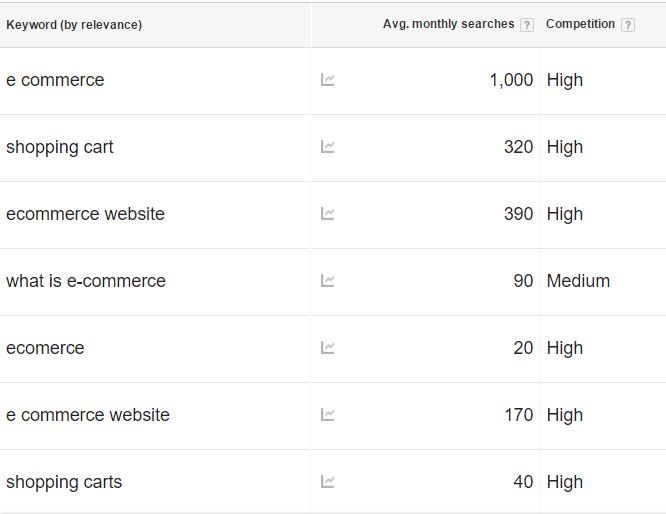What is SEO and why is it important for your online store?
Search engine optimisation (SEO) is a marketing process focused on growing visibility in organic (non-paid) search engine results. The main goal of SEO is ensuring your website appears on the first page of all search engines for the purpose of driving traffic and increasing brand awareness. As there is fierce competition in virtually every niche, strong SEO discipline is vital in securing high rankings and keeping your company in the mind of potential users.
Statistics show that less than 10% of searchers look beyond the first page of Google. This means they either find a result that answers their search query on page one, or they rephrase it and try again. Users tend to trust the results on the first page more than any that appear on the second page and beyond. This shows the importance of getting your site to page one.
For eCommerce sites, SEO is an integral strategy in driving traffic to increase revenue. Without organic traffic and solely relying on paid advertising, your business is unnecessarily cutting into its product margins. A sound SEO campaign can create relevant leads that will improve your conversion statistics and ultimately improve turnover.
Elements of an SEO campaign
An SEO strategy can be broadly divided into two areas: on-page and off-page. This week we will help you understand how you can improve your ranking by implementing on-page techniques.
On-page
Keywords: These are the bread and butter of an optimised page. Research is conducted to discover the words that have stable search volume, without being impossibly competitive. This is a balancing act and relies on finding a happy medium that will give your site the best shot at reaching the first page of results, without being too obscure that it doesn’t bring enough worthwhile leads.

Site structure: Google, and the other search engines, use bots or crawlers to read websites. Once they have assessed your site, they send the data back to the search engine index where it is placed in its ranking position. Ensuring your site has a clean, easy to follow structure is important as it indicates how simple a human user will find it to navigate through. A flat architecture, or one that requires as few clicks as possible to reach the user’s destination, will be crawled more easily than one with a large number of subcategories and folders.
Internal links: These are important for placing anchor text (a strong ranking factor) in your content. As with all SEO elements, they should be used sparingly and only where it's natural to do so. Your anchor text should be unique and relevant to the link it's pointed towards. For example, linking back to the homepage shouldn’t always be via the brand name. Instead, try variations of phrases that describe your business as a whole. It could be something like “Australia’s leading supplier”, or “a huge range of top-quality products.” Variation is the key as Google is often suspicious of repetition.
User experience: Your click-through-rate (CTR) and time-on-site (TOS) statistics are major factors in hitting the top of the search engine results page (SERP) rankings. These require your site to be appealing and easy to use for people of all technical abilities. This means your content should be written with the user in mind and not stuffed with keywords that don’t quite sound right. Your menu system should be logical and aimed to quickly take the user to the products they are looking for. Your site should also include features that add value to their experience. An informative blog is a great way to educate your users as well as keep them on your site. The simple addition of a live chat function or a thorough FAQ can be a good way to prevent users from navigating away in search of answers.
Mobile optimisation: Every year the mobile experience becomes more and more important. In 2014, the tipping point was reached with more users browsing the internet on mobile devices than on desktop computers. This is only the beginning and mobile retail is rising as the technology improves. While it may not surpass buying from a desktop computer anytime soon, the proportion of mobile sales is impossible to disregard. Google’s 2015 “Mobilegeddon” algorithm update didn’t quite destruct the SEO landscape as predicted, but it indicated a major shift in how the ranking or sites with and without mobile functionality.
What's next?
Now that your site is optimised for search engines, it's time to look at off-page criteria. Next week we will tell you all about the importance of link building, social media and so on.



